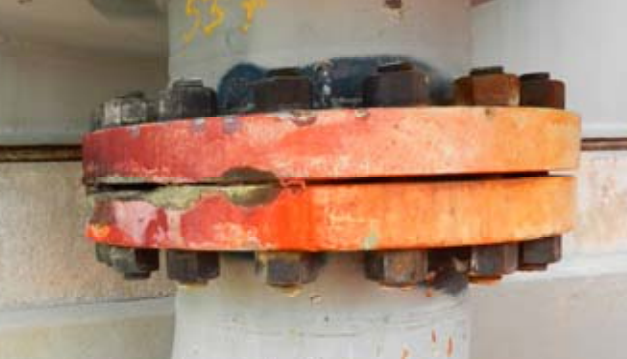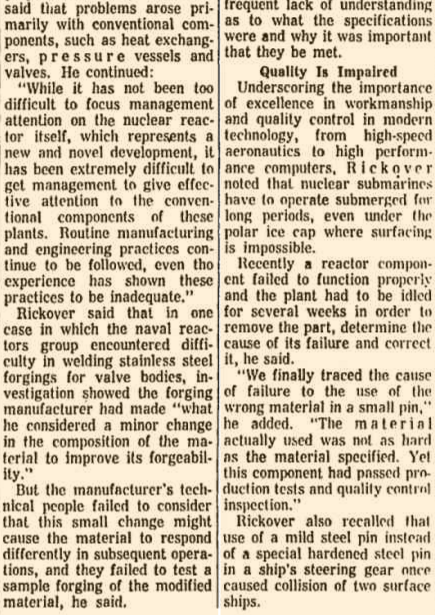On Nov. 22, 2016 an incident at the Baton Rouge refinery lead to 3 people getting hurt. This is a clear case of poor maintenance training and the Chemical Safety Board issued a fine.
The video the CSB just released shows in such great detail what happened and how maintenance confusion and training caused the massive fire. This actually fits into a valve and a flange issues all in one. Not realizing that the “cap” actually is a pressure boundary to the top of the valve is a major oversight and specific training would of assisted in avoiding this happening in the future.
One issue that is not addressed in the video is the root cause of this being the failure of the actuator. It is hard to tell if the issue was the gear box or the packing friction could of been too large to actuate with the hand wheel. When the final report is released there will be more details on what actually happened.






